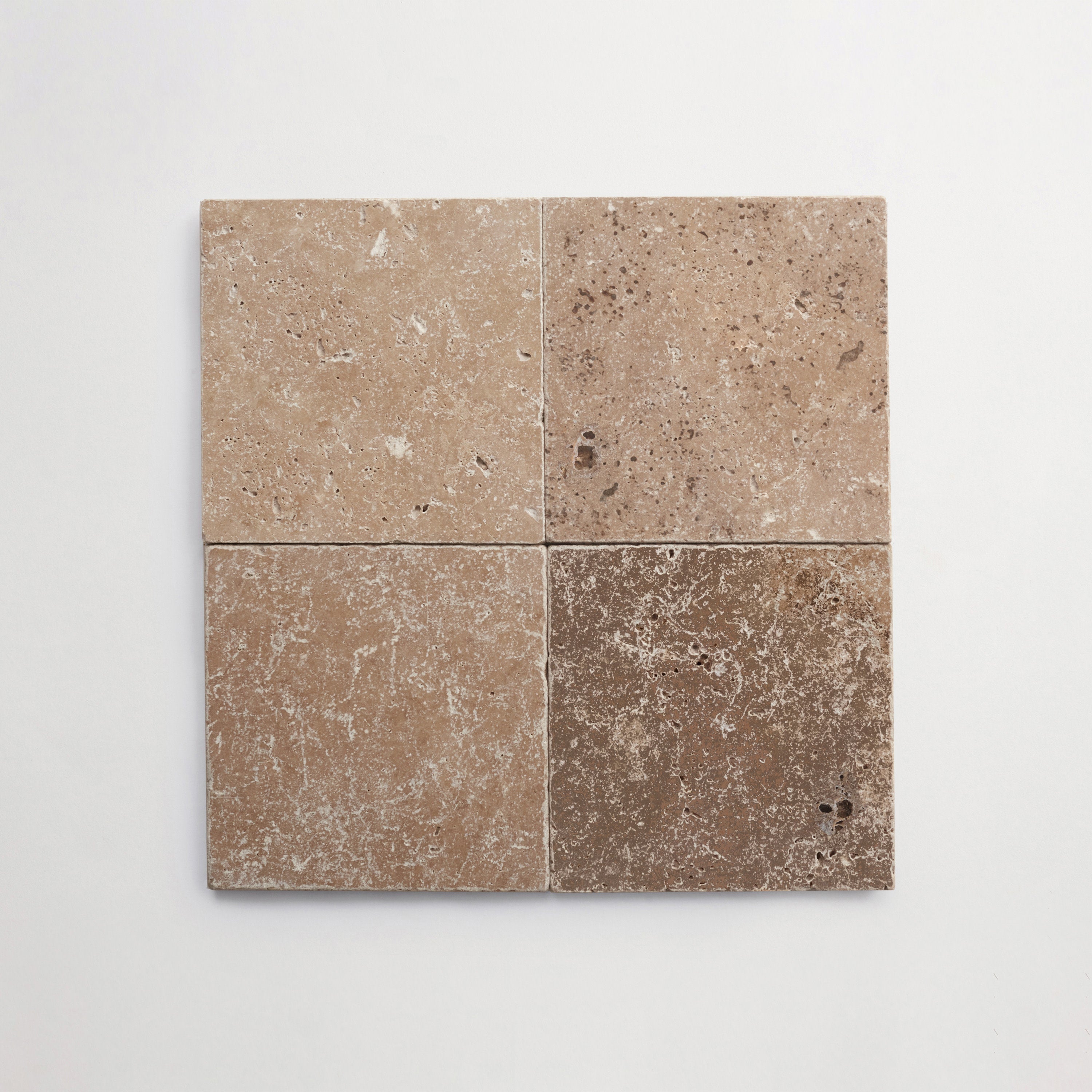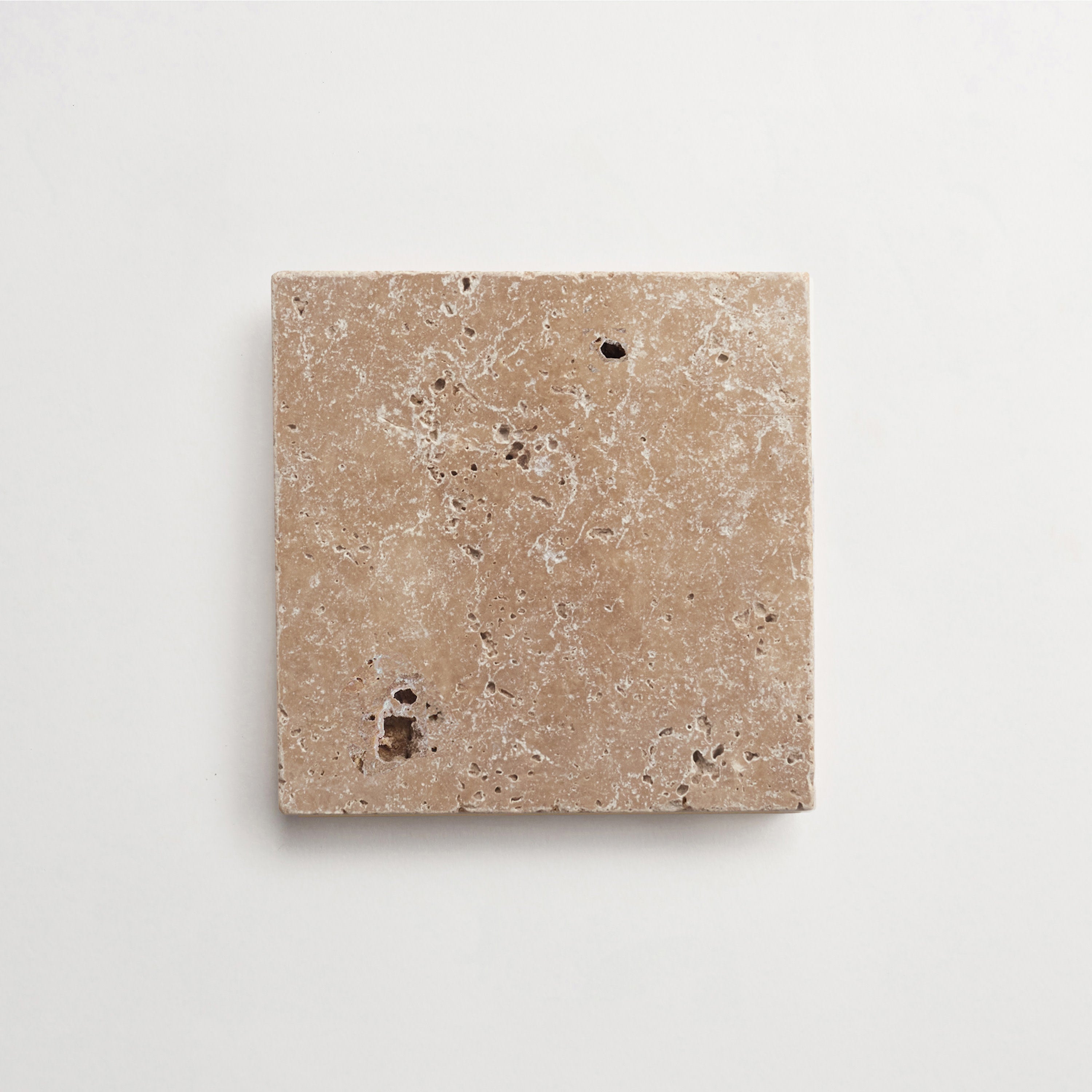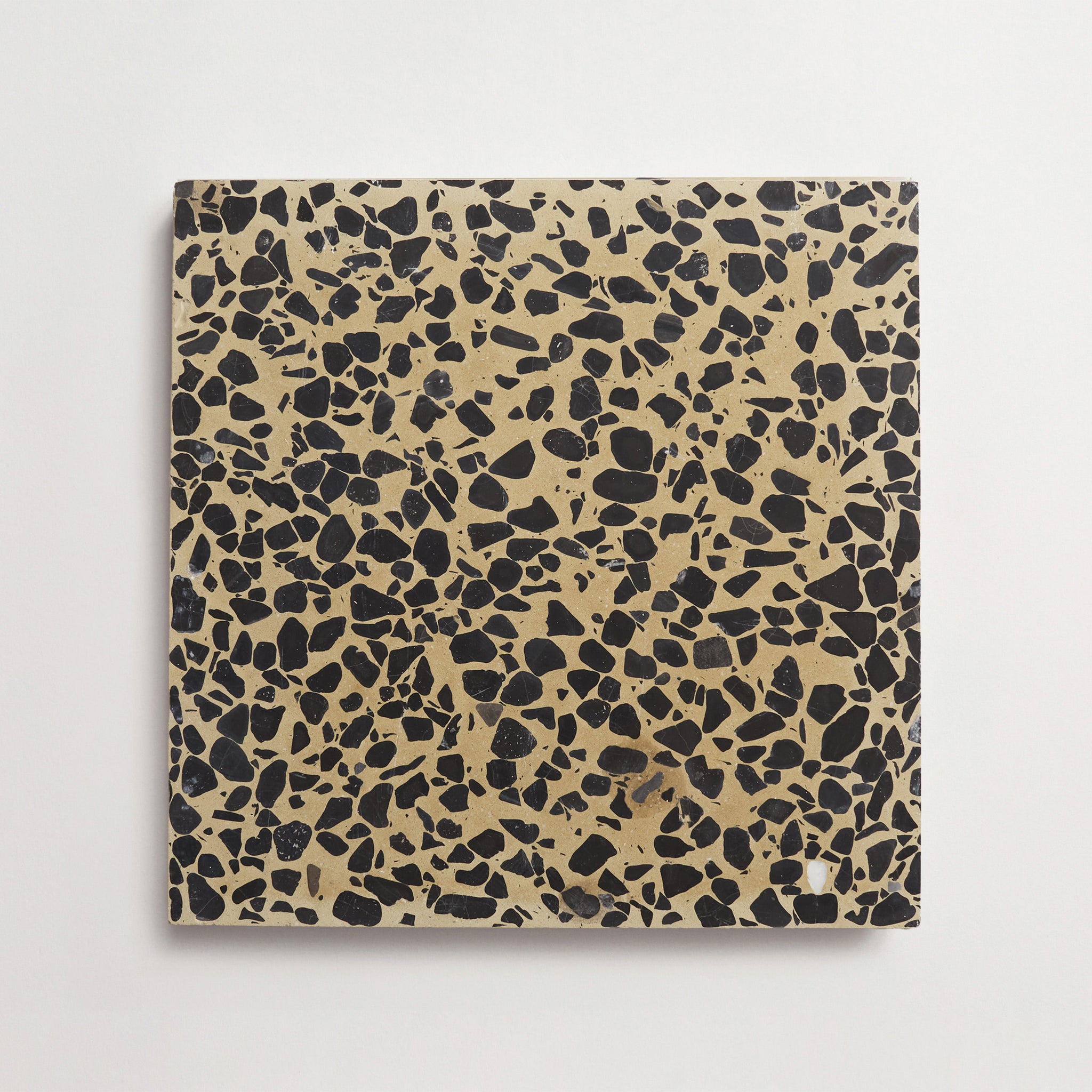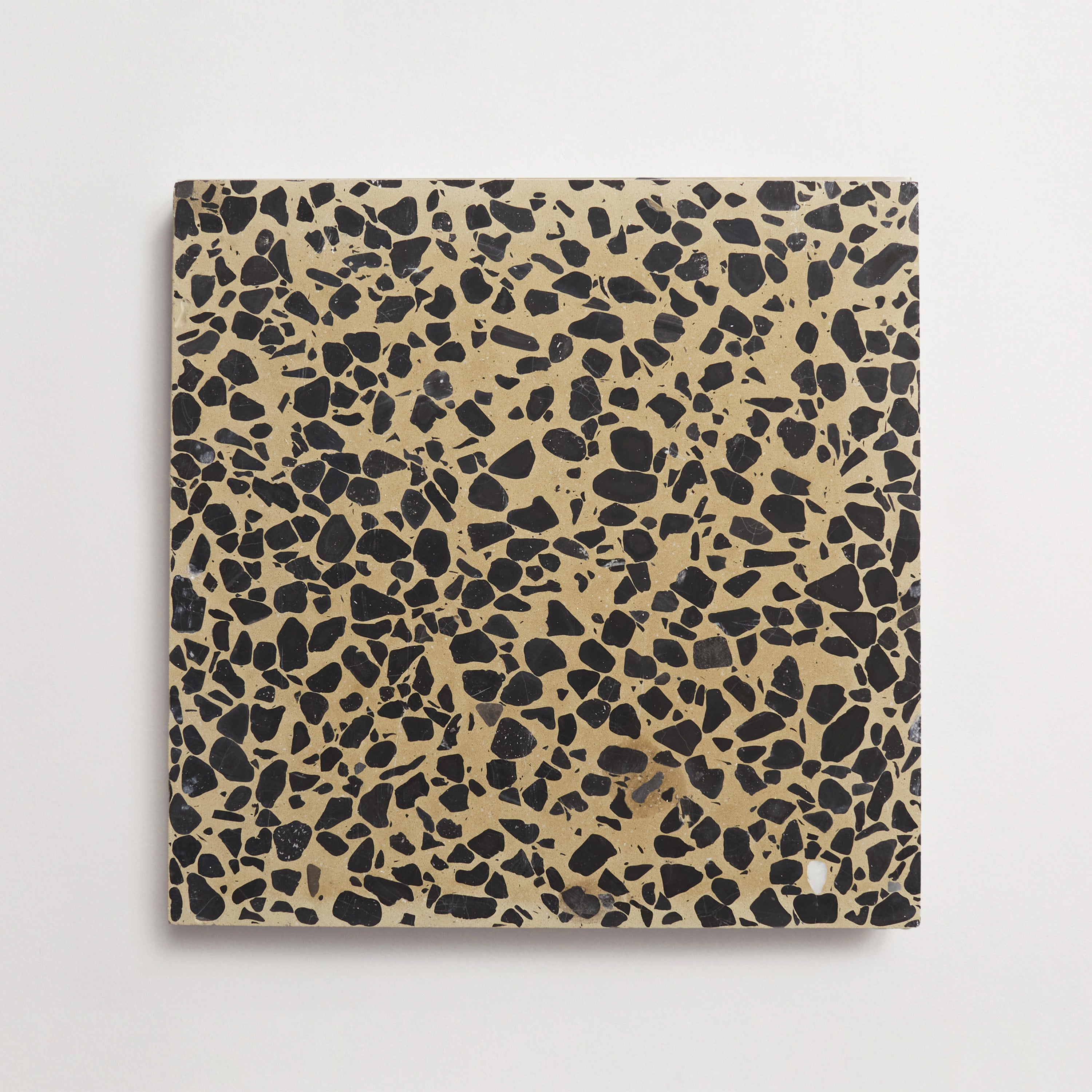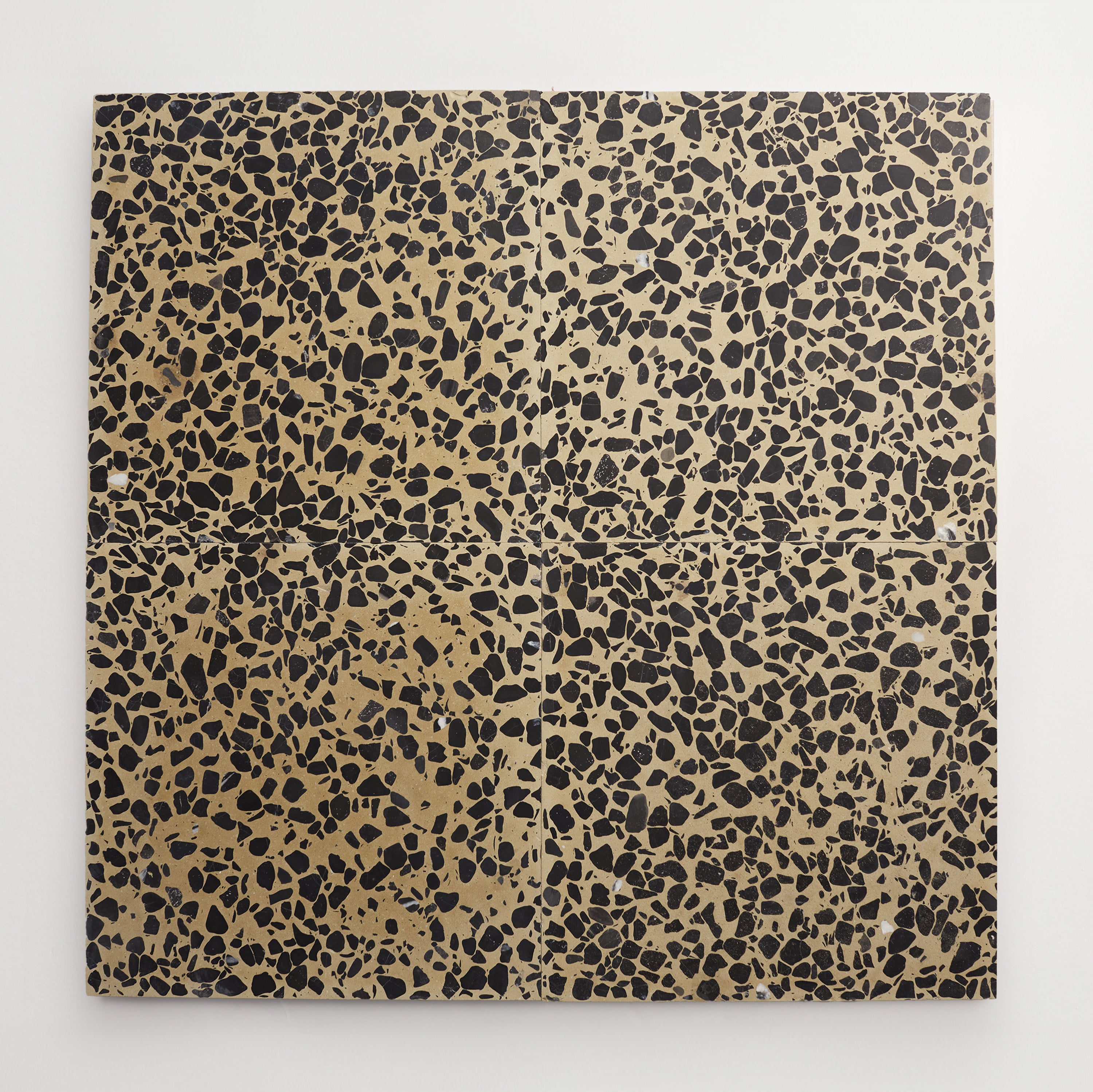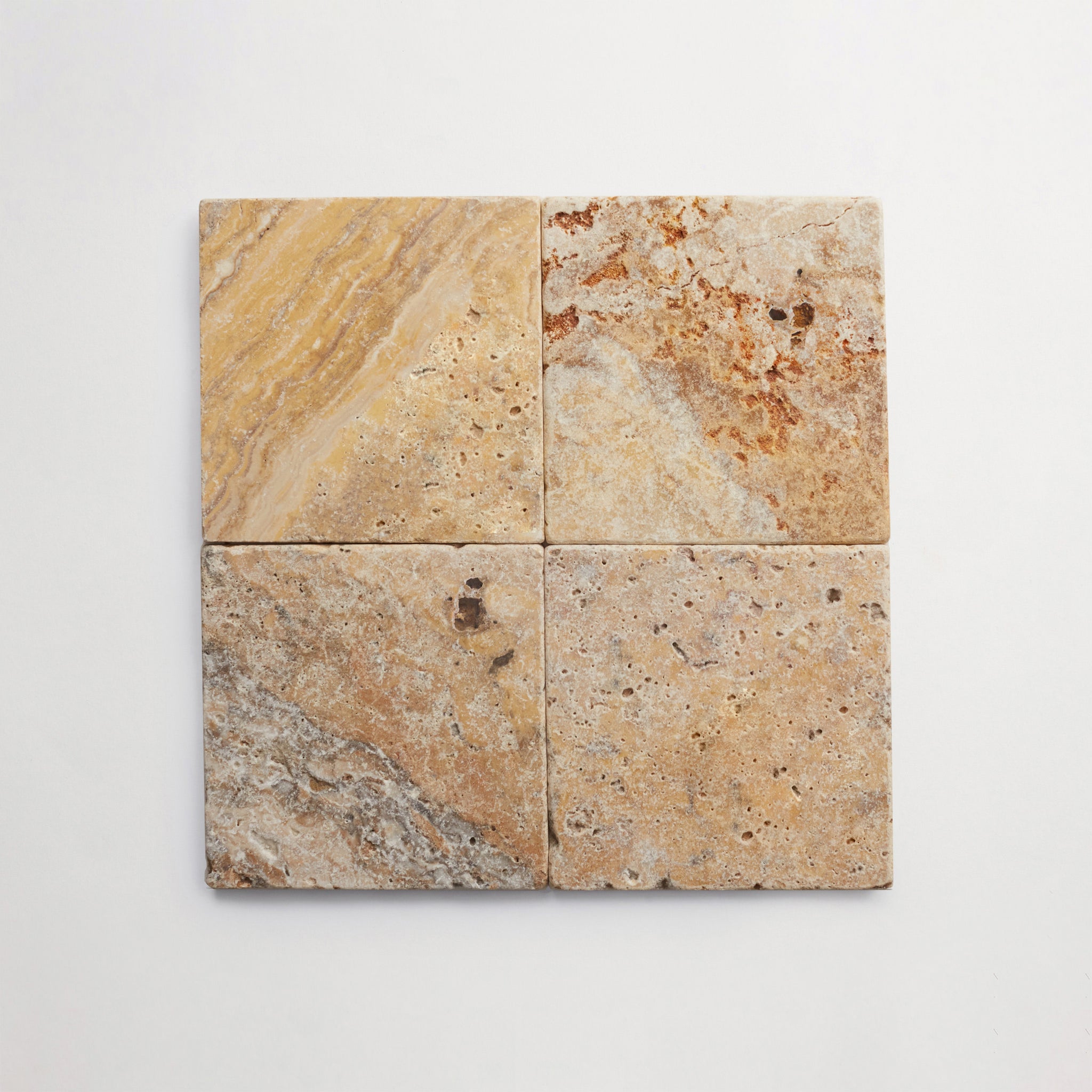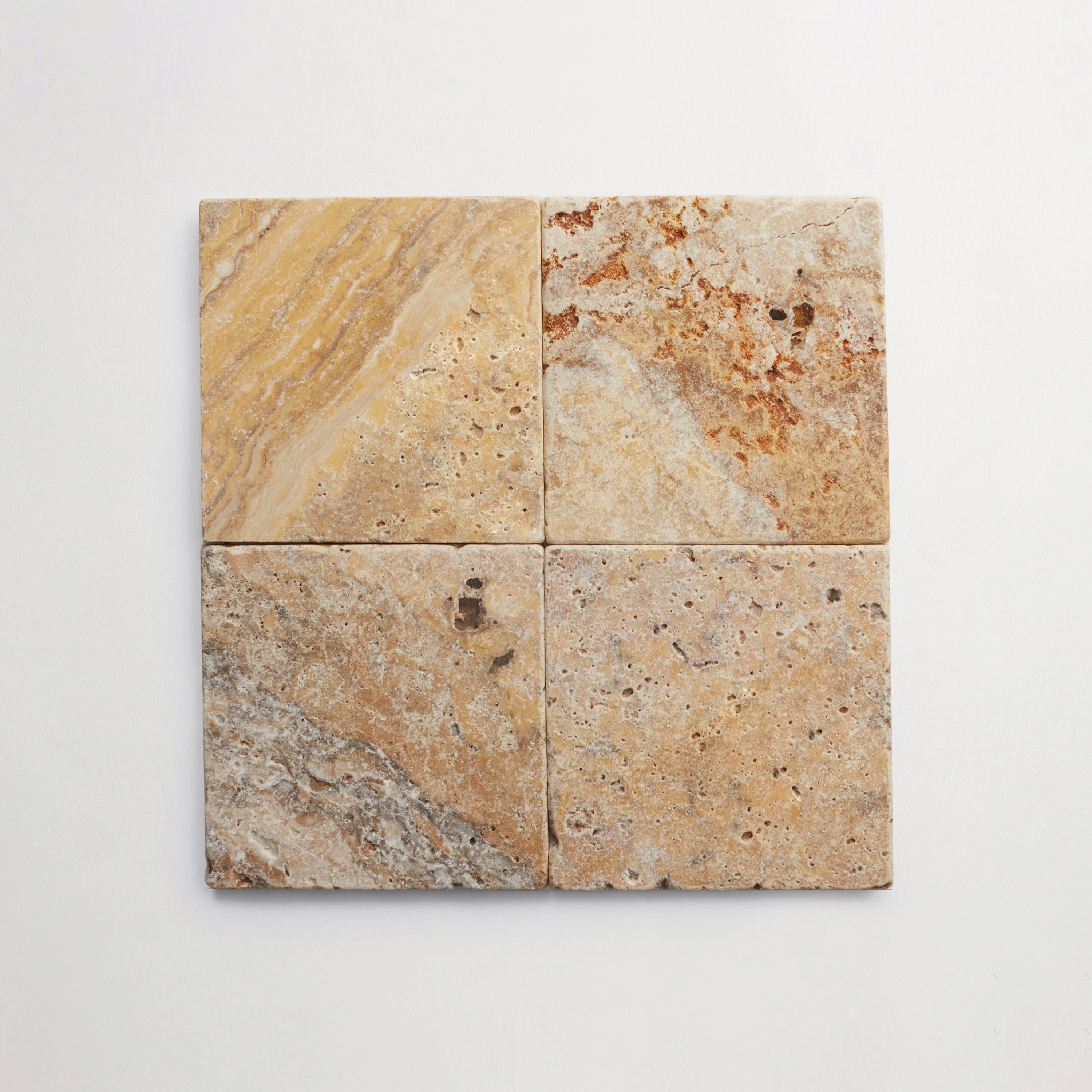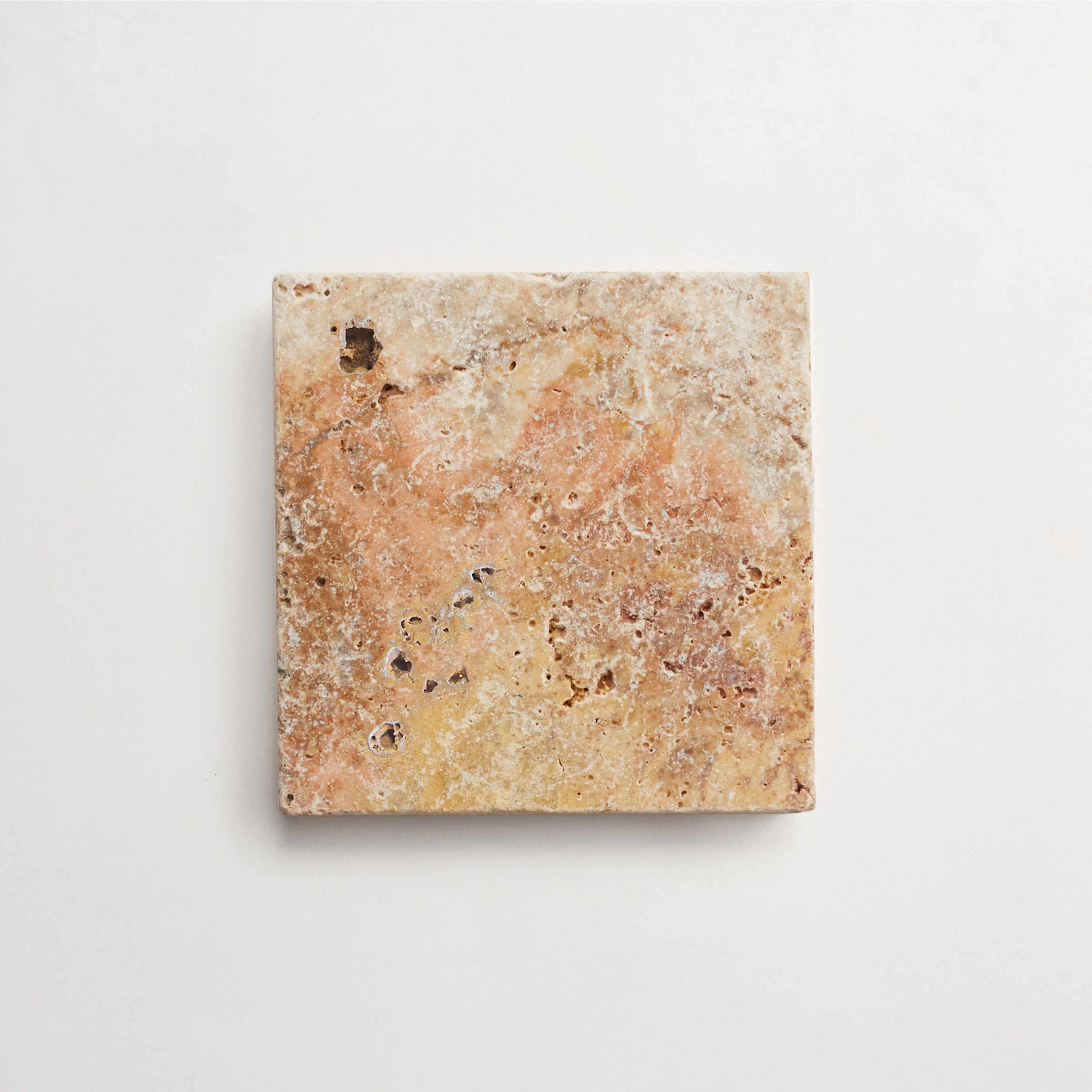your shopping cart is empty.

9 Timeless Garden Paving Ideas with Distinctive Style
Garden paving lies at the intersection of aesthetics and functionality, and it can transform any outdoor space into a sophisticated scene. And when it comes to garden paving, landscape architects and interior designers draw from a range of materials — from natural stone paving to cement pavers and brick pavers — to create clean lines, define edges, and complement greenery.
Whether you’re working on a larger project with an expansive yard or a smaller area like a small garden and garden patio, selecting the right pavers, slabs, or tiles is key to achieving a cohesive design. The following nine timeless garden paving ideas showcase how different sizes, patterns, and textures can create distinct zones, seamless borders, and inviting gathering spaces — perfect for installing a fire pit, integrating a water feature, or layering flower beds — all while maintaining functionality.
9 Unique Garden Paving Ideas
Selecting the right paving materials and patterns is essential for creating a practical and visually engaging outdoor space. These ideas explore how landscape architects and interior designers can leverage diverse materials — like terrazzo tiles, textured brick, organic stone, and glass — to define distinct zones, establish flow, and enhance the overall garden design.
1. Define a Garden Lounge with Terrazzo Tiles
Using terrazzo tiles to establish a dedicated lounge area in a garden is a great way to introduce both a contemporary look and a durable surface. Terrazzo combines chips of marble, quartz, and glass in a cement base, creating a variety of colors and patterns that catch the eye.
Designers can plan an intentional gathering space by arranging terrazzo slabs in straight-line or herringbone layouts, creating a seamless surface that pairs well with outdoor cushions. Because terrazzo comes in a wide variety of colors and looks, it’s possible to match with interior color palettes for continuity between the indoor and outdoor living space.
Terrazzo’s smooth finish also simplifies maintenance in high-traffic areas near, say, a fire pit or patio dining area. When specifying terrazzo, consider local materials and ensure sub-base preparation for proper drainage — critical for long-term performance in any garden design.
2. Introduce Organic Warmth with Textured Brick
Textured brick pavers lend a traditional look while infusing warmth and historic charm into a garden setting. Brick as a material has long been a popular choice for garden paving due to its durability and rich, earthy hues.
For landscape design, using brick pavers to frame flower beds, border driveways, or create a grid layout conveys a sense of structure while maintaining a natural feel. Patterns like a straight-line bond or herringbone layout can add visual interest, and alternating different sizes of brick pavers introduces subtle variation.
When specifying brick pavers, architects should consider permeable installation methods — such as leaving narrow gaps for gravel or groundcover — to reduce runoff. The organic texture complements lush greenery and flower beds, creating a cohesive look whether the space hosts a new patio, water feature, or intimate seating area.
3. Make a Statement with Patterned Cement
Patterned cement is a versatile solution that can elevate a modern garden with bespoke motifs and geometric layouts. Cement pavers with chevrons, tessellations, and other patterns offer both design flexibility and functional sturdiness. (As do solid-colored cement pavers laid in a checkerboard pattern.)
In larger areas, using cement pavers in various sizes can delineate zones — such as a dining area adjacent to a fire pit or a lounge space overlooking a water feature — while maintaining a uniform color palette. Designers can also incorporate a variety of colorsfor a contemporary look that complements minimalist plantings like low-growing plants or clean-lined hedges.
For small spaces, a tighter pattern or smaller slabs can prevent the design from feeling overwhelmed. Cement pavers also support accessory installations like pergolas or feature walls, making them a good choice for integrated garden design.
4. Infuse Earthy Elegance with Terracotta
Crafted from natural clay, terracotta pavers impart a warm color spectrum — from burnt oranges to deep reds — that works exceptionally well in Mediterranean-inspired or Tuscan-style schemes. For a landscape design project, selecting terracotta tiles in varying sizes allows you to create a dynamic surface that dances between classic beauty and rustic charm.
Patterned installations, such as English bond and staggered layouts, are ideal for garden paths that wind through lush greenery or border serene water features. Terracotta is a natural stone alternative that ages beautifully, developing a patina over time and blending with surrounding low-growing plants or flower beds.
Terracotta is also a popular choice when designers want to integrate local materials and highlight artisanal craftsmanship. While it requires proper sealing to protect it against weathering and staining from soil or plant debris, terracotta offers unparalleled character and warmth.
5. Create Intentional Gathering Spaces with Large-Format Stone
Large-format natural stone paving — such as limestone or travertine — is an expert’s go-to for crafting sophisticated zones that can handle heavy use while making a bold statement. Designers can play with different heights to introduce subtle transitions, such as a raised platform for a water feature or a recessed area for comfortable seating.
In a garden, large slabs create a sense of scale and expansiveness, perfect for defining an outdoor living space that includes a fire pit, outdoor dining set, or generous lounge area. Using larger slabs reduces the number of joints, as well, creating a seamless surface that favors clean lines while minimizing maintenance.
Natural stone paving can also frame gravel path edges or border perimeter plantings, creating layers of texture that harmonize with lush greenery and native plants. With proper installation, large-format stone lasts for many years, making it a popular choice for high-end landscapes and hardscapes.
6. Reflect Natural Light with Luminous Glass Accents
Integrating glass tiles into the garden area adds a modern twist that captures and reflects natural light. Whether made of recycled glass or specialized translucent aggregates, they can be added to feature walls to create mesmerizing patterns.
During the day, these glass elements refract sunlight, producing subtle sparkles that enliven a patio or small garden. By night, when paired with LED lighting, they transform pathways and lounge areas into illuminated art pieces. They may also create visual focal points — perhaps leading guests toward a water feature, a feature wall, or a fire pit.
Glass tile is a good choice for projects seeking a modern look without compromising functionality, as it’s both durable and aesthetically pleasing.
7. Embrace Minimalism with a Sculptural Grid Layout
A sculptural grid layout, characterized by precisely spaced slabs set within a bed of manicured grass, gravel, or groundcover, is a hallmark of contemporary garden paving. This approach features uniform slabs of terrazzo or natural stone laid in a strict grid pattern, with clean lines and equal spacing to create a floating or “stepping-stone” effect.
The negative space between slabs may be filled with pea gravel, low-growing plants, or synthetic turf, balancing hardscape with softscape and defining garden paths that meander through lush borders. For small spaces, reducing slab sizes or decreasing grid spacing maintains proportion and ensures that the design doesn’t overpower the area.
The grid layout is also a favorite among interior designers who desire a seamless transition between indoor flooring and outdoor patios. Experts often recommend selecting surface materials with consistent thickness and non-slip finishes to ensure safety and longevity.
8. Blur Boundaries with Organic Stone and Raw Edges
Organic stone paving with materials like slate and travertine creates fluid, natural-looking garden paths that blur the boundary between built elements and the surrounding landscape. Raw-edge slabs or paving stones cut in various sizes can be arranged in jigsaw-like configurations, producing meandering pathways or rustic patios that feel integrated with flower beds, shrubs, and water features.
Choosing natural stone paving of mixed textures — some smooth, others cleft — adds dimension to the overall look, inviting designers to craft different zones that flow intuitively from one to another. For larger areas, selecting local materials enhances sustainability, while in a small garden, carefully sized stones ensure appropriate scale.
Organic stone paving works in tandem with native grasses and low-growing plants to create a transitional edge between paved surface and soft planting. As a design strategy, this approach encourages a sense of discovery, guiding users toward a favorite spot or a cozy seating nook.
9. Layer Tile Textures for Dimensional Garden Zones
Layering different tile textures such as smooth porcelain and tumbled natural stone allows designers to create dimensional zones within a garden that cater to varied functions and styles. By combining tiles of various colors, finishes, and sizes, architects can delineate a lounge, a dining area, and a circulation route without resorting to walls or hedges.
For instance, a tumbled travertine field might anchor a patio with comfortable seating, while a perimeter band of brick pavers provides a tactile border that leads to flower beds. In a small garden, stacking sleek porcelain tiles against a backdrop of permeable gravel or pebble slabs optimizes space and introduces contrast.
Designers should consider how different textures respond to foot traffic, weather, and adjacent plantings. Specifying slip-resistant surfaces is crucial near water features and fire pits. Mixing tile textures also presents opportunities to play with pattern, elevating a garden’s visual narrative.
Garden paving ideas that blend form and function can elevate any landscape design project, whether you’re crafting a new patio for a large estate or designing a compact courtyard in a small garden. By selecting the right materials and thoughtfully arranging them in patterns that address drainage, scale, and surrounding greenery, designers can ensure lasting quality and aesthetic impact. Remember to consider the overall context — such as lush trees, flower beds, and water features — to craft spaces that are both beautiful and practical.
-
Sand
-
Pemberley Pavers
:
-
Granita
-
4
" x
-
4
" x
-
⅛
"
-
sqft
/
$
-
Fungo
-
Dolce Vita Terrazzo
:
-
Torrone I
-
8
" x
-
8
" x
-
⅞
"
-
sqft
/
$
-
Pumice
-
Pemberley Pavers
:
-
4
" x
-
16
" x
-
⅝
"
-
sqft
/
$







